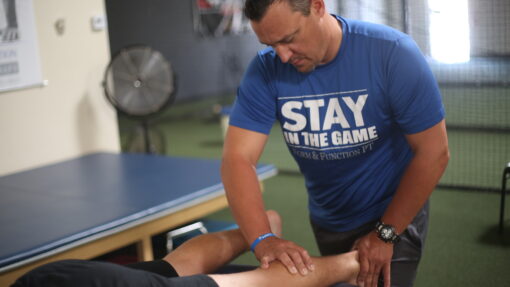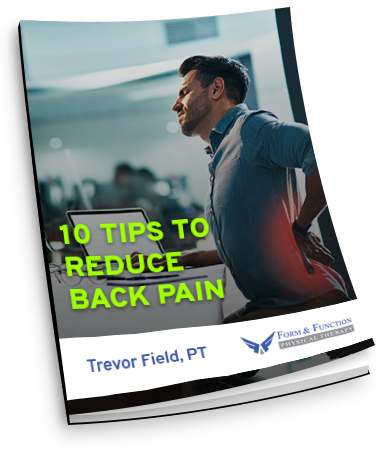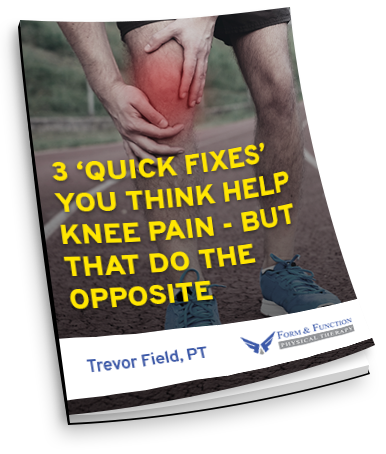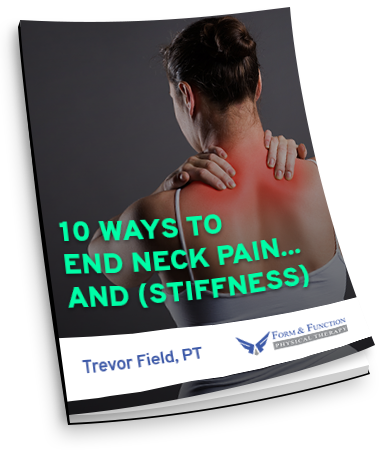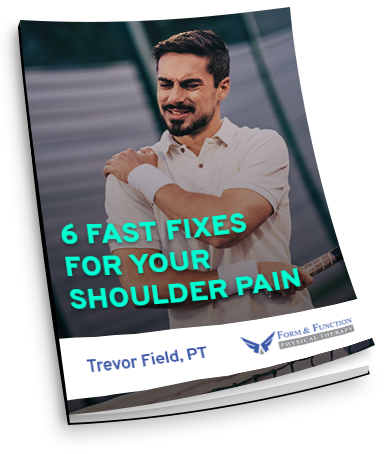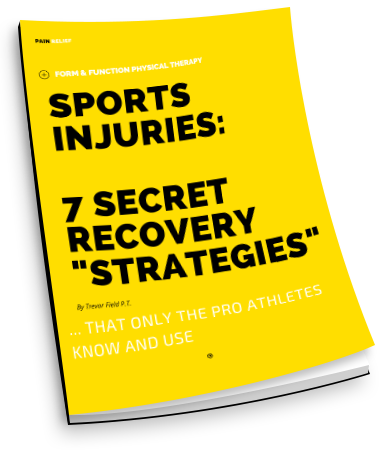For years, the R.I.C.E. method—Rest, Ice, Compression, Elevation—has been the go-to advice for treating injuries like sprains, strains, and muscle pulls. It’s what most of us were taught: if you get hurt, slap on some ice, wrap it up, keep it still, and wait for the swelling to go down.
But here’s the truth: inflammation isn’t the problem. In fact, it’s part of the solution.
R.I.C.E. Was Built on an Incomplete Understanding
When the R.I.C.E. method was introduced in the late 1970s, the goal was to minimize pain and swelling. It made intuitive sense—if something is swollen, reduce it. If it hurts, numb it. Rest seemed like the logical step to avoid further damage.
swollen, reduce it. If it hurts, numb it. Rest seemed like the logical step to avoid further damage.
But as medical science has progressed, we’ve learned that this approach oversimplifies how the body actually heals—and in many cases, gets in the way.
Pain and swelling are signals, not threats. And in the rush to shut them down, we may be short-circuiting the body’s natural repair system.
Inflammation Isn’t Just “Swelling.” It’s Communication.
Inflammation is the body’s biological alarm system. When tissues are damaged—whether from a rolled ankle, a strained muscle, or a minor tear—the immune system springs into action. Increased blood flow brings a wave of white blood cells, healing proteins, growth factors, and nutrients directly to the injury site.
This is not a mistake. It’s biology doing what it’s supposed to do.
Suppressing this process too early with ice or anti-inflammatory drugs can actually delay tissue regeneration. You’re not just turning down the volume on discomfort—you’re muting the entire healing orchestra.
Why Inflammation Is a Critical Part of Healing
Here’s what inflammation actually does when you’re injured:
-
Delivers nutrients and oxygen to damaged tissue via increased blood flow
-
Signals the immune system to clean up cellular debris and prevent infection
-
Triggers tissue regeneration, helping muscles, tendons, and ligaments rebuild
-
Stimulates pain, which reminds you to protect the area while it heals
Yes, it’s uncomfortable. But that discomfort is purposeful—and temporary if healing is allowed to run its course. Trying to skip the inflammation phase is like fast-forwarding through the most important part of a movie and expecting to understand the ending.
So, Should You Never Use Ice?
That’s not what we’re saying. Ice has its place. It can help with immediate pain relief and reduce excessive swelling in the short term—particularly.
But it should be used with intent, not as a default response to every ache, bruise, or pull.
Overuse of ice, especially days after the injury, may reduce circulation, slow cellular activity, and even increase stiffness. When healing is the goal, circulation is your ally—not something to shut down.
The Bottom Line
Your body isn’t broken when it’s inflamed. It’s healing.
Instead of rushing to shut down inflammation with R.I.C.E., we should be asking smarter questions:
-
What’s the body trying to do right now?
-
Am I supporting that process—or interfering with it?
Recovery isn’t about numbing the symptoms. It’s about respecting the body’s built-in intelligence and working with it. The more we understand inflammation, the more we realize: it’s not something to fight—it’s something to honor.
So next time you reach for the ice pack, pause for a moment. Your body might already be doing exactly what it needs to do.
If you want to read our other blog posts, click HERE to visit the Blog Page.
Finally, if you already feel like you have enough information and you’re ready to get help from providers that take the time and attention you deserve, then click HERE to request a $35 Discovery Visit with one of our expert physical therapists.
Elevate Your Healing Journey with PEMF Therapy at Form & Function PT
If you’re navigating the path to recovery or striving for enhanced well-being, PEMF therapy might be the transformative solution you need. At Form & Function PT, we’re dedicated to guiding you through each step of your health journey with our expert therapies, including the groundbreaking PEMF treatment. Ready to explore how PEMF therapy can benefit you? Reach out to us at (888) 619-2885 for a conversation with our physical therapists and discover a new avenue to health and vitality.
If You Liked This Article, You Might Like…
Strings, Sticks, and Strains: How Physical Therapy Keeps Musicians in Tune From Warm-Up to Wind-Down: Level Up Your Court Routine!

